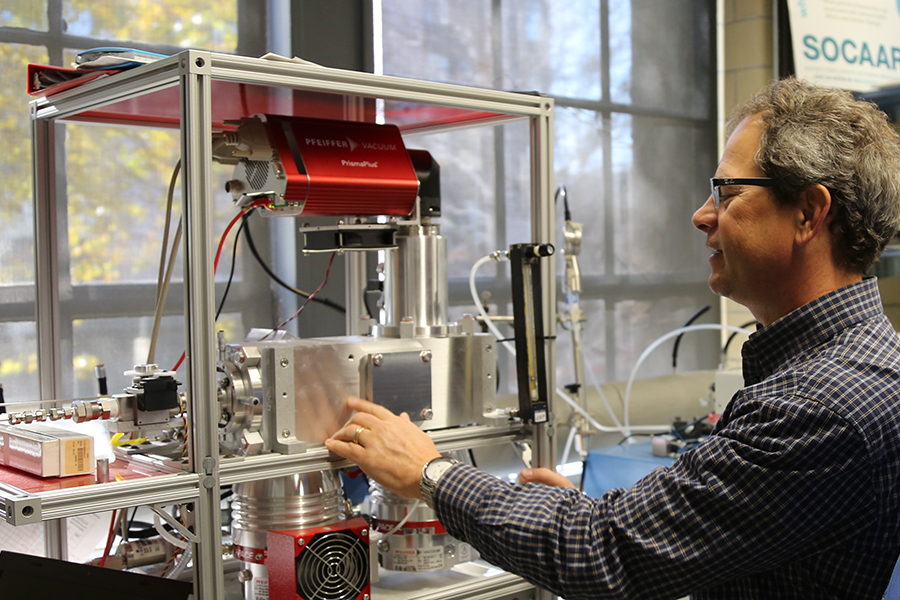The environmental effects of oil sands have long raised concerns in the global scientific community.
Measures such as Canada’s Joint Oil Sands Monitoring (JOSM) program aim to quantify and assess the short and long-term impact of Alberta’s oil sands by monitoring air quality, water contamination and biodiversity disturbances — but how the data should be applied has remained unclear.
For nearly a year, Professor Jeffrey Brook (ChemE, Public Health) has studied and reviewed data from JOSM, focusing on results generated from Environment and Climate Canada’s research on air, water and wildlife contaminants and toxicology. He recently presented his report at the Air & Waste Management Association’s (AWMA) Annual Conference and Exhibition (ACE), the oldest environmental science and technology organization in North America.
Brook’s critical review covered the current state of oil sands monitoring, in order to identify progress and limitations in knowledge around emissions and potential ecosystem effects. Ultimately, his review aims to initiate dialogue on areas needing future scientific work.
His findings revealed that some air contaminants are not well-quantified and that emissions levels for a range of air contaminants — including greenhouse gases — are underestimated. Organic toxics, known as polycyclic aromatic compounds (PACs), are a current environmental concern.
“They are in the air, water and the biota and there is evidence that some of the negative changes in the health of some of the species studied are associated with PACs,” says Brook.

Although he stresses, “Multiple environmental factors are at play. Contaminants from oil sands development is only one of the factors affecting plant and animal species in the area.”
Brook also points out that Indigenous populations could potentially be impacted, from changes in their way of life, to health effects from exposure to contaminants.
“These risks are presently not well understood, which limits the ability to set short and long-term environmental standards that appropriately recognizes the health and ecological effects,” he says.
Brook says an enhanced monitoring and integrated assessment of the knowledge of oil sands is necessary “to understand its effects and protect important Canadian environments.” That includes the Peace-Athabasca Delta, located in the northeast of Alberta, the largest freshwater inland river delta in North America that hosts tremendous biodiversity.
Taking stock of lessons learned in oil-sands monitoring is also an essential step in helping to identify potential new areas of study and future policy development.
According to Brook, a more complete understanding of the oil sands could be on the horizon. “Tools to predict the current and future impacts of atmospheric emissions on the local and more-distant environment have made a significant leap forward,” he says.
In addition to being presented at the conference, the review appears in the June edition of the Journal of the Air & Waste Management Association. AWMA will also publish a multi-stakeholder response to Brook’s review this fall.



